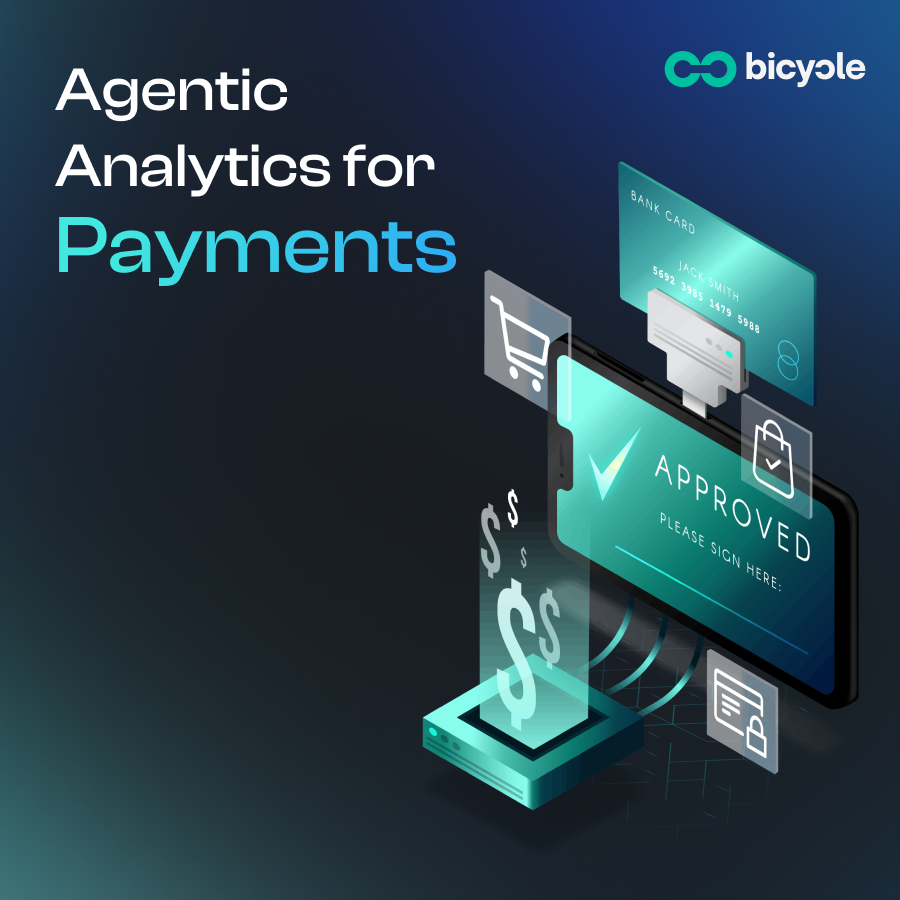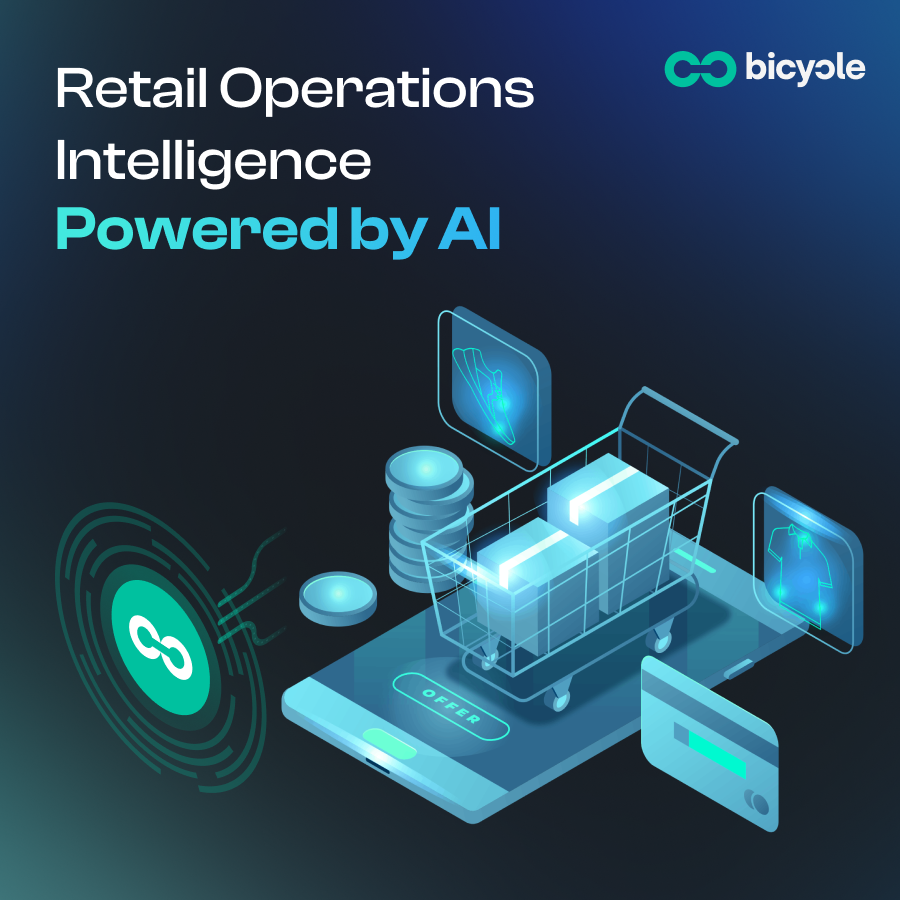Payment revenue leaks are subtle—small approval rate drops, routing issues, or token errors that quietly erode margins. AI-powered analytics detects these micro-leaks instantly, pinpoints the exact customer segment affected, and recommends precise fixes. The result is continuous optimization that protects revenue and improves payment success rates.
In payments, revenue losses rarely look like a big red "system down" alert. They show up as small dents: a 0.7 percentage point approval drop on one Android/Chrome combination, a tokenization configuration that quietly downgrades interchange rates, a buy-now-pay-later payment flow that stops one step too early. None of these trigger emergency calls. Together, they erode margins and push legitimate customers into support queues.
AI-powered analytics detects these micro-leaks as they happen, surfacing actionable insights instantly.
Here's how payment revenue leaks actually appear across the payments landscape—segment by segment—and how leading teams fix them quickly. This reflects patterns from working with live payment data.
Global and Regional Card Issuers & Digital Banks
How revenue leaks: Issuer fraud models become more conservative on specific card number ranges. Strong customer authentication exemptions stop working after a mobile app update. Recurring transactions get sent as if they're first-time purchases. Token mismatches make legitimate customers look risky.
Real pattern: Approval rates on Android/Chrome dropped from 97.6% to 96.3% over 90 minutes for one card issuer range after an authentication system adjustment. Aggregate dashboards looked fine, but tens of thousands in transaction value were declined on that specific combination.
What successful teams do:
- Present the correct transaction type (customer-initiated vs merchant-initiated) with appropriate reason codes
- Keep exemption logic current for each issuer region
- Prefer network tokens over direct card numbers
- Keep card account updater systems active
- Retry soft declines with intelligent timing intervals
- When a card issuer + device combination moves by 0.5 percentage points or more, route just that segment to an alternative processor while investigating
How AI helps: The system flags the exact card issuer + device + payment gateway combination, shows the likely cause (authentication behavior change vs token configuration issue), and proposes the lowest-risk action for just that traffic segment. Fixes are precise and immediate.
Payment Gateways and Full-Stack Payment Service Providers
How revenue leaks: Processing timeouts and 3-D Secure authentication server differences reduce approvals on specific devices. Duplicate transaction prevention creates false declines. Feature configurations (like transaction risk analysis exemptions) drift across different merchant accounts.
Real pattern: Gateway A's 95th percentile processing time increased by approximately 170 milliseconds after a Saturday deployment. 3-D Secure frictionless approval rates dropped only on Chrome mobile browser. Net effect: 0.8 percentage point approval decline on high-value subscription renewals.
What successful teams do:
- Device-aware routing: when Chrome mobile + Gateway A shows problems, automatically route only that combination to Gateway B
- Keep retry logic idempotent (prevents duplicate charges) and avoid re-running fraud scoring for repeat attempts within a safe time window
- Make transaction risk analysis and strong customer authentication configurations explicit per merchant account and audit weekly
How AI helps: The system detects the approval drop, identifies the suspected cause (processing time increase + 3-D Secure approval rate change), and activates a segment-level routing rule: Chrome mobile → Gateway B for 2 hours while alerts notify the team. This enables immediate, low-risk resolution.
Acquiring Banks & Merchant Acquirers
How revenue leaks: Interchange rate downgrades you didn't budget for (higher-cost rate categories), missing Level 2/3 transaction data for business cards, presentment currency mismatches, settlement cutoff timing misses.
Real pattern: Expected interchange rate approximately 1.80%; realized approximately 1.98% on a significant portion of U.S. transactions—missing address verification on a new checkout flow plus a payment descriptor change. Roughly 18 basis points bleeding from margin.
What successful teams do:
- Run daily interchange rate achievement analysis with root cause tags (address verification, token type, merchant category code, presentment currency)
- Test descriptor changes with a small percentage of traffic first
- Keep currency presentment consistent across payment flows
- Monitor settlement batch health by cutoff timing windows
How AI helps: The system spots the interchange downgrade spike, highlights exact missing data fields, and suggests the fix priority order: restore address verification → revert descriptor change → verify recovery in next settlement batch. Fixes stay focused on the specific segment that matters.
Buy-Now-Pay-Later and Instant Financing Providers
How revenue leaks: Approval rate changes hidden under channel mix shifts. Payment waterfall stops at buy-now-pay-later decline instead of falling back to traditional card processing. Transaction capture timing mismatches with provider service level agreements. Refund processing handled inconsistently.
Real pattern: Buy-now-pay-later approval rates dropped 3 percentage points for a specific device/browser combination after a website update. Traditional card fallback was never offered. Conversion dropped approximately 4-5% for that customer segment.
What successful teams do:
- Build waterfalls that actually cascade: buy-now-pay-later → traditional card on the same session with customer-friendly messaging
- Tune transaction capture timing to match provider service level agreements
- Standardize refund processing across payment methods
- Monitor approval rates by product price band and device type
How AI helps: When buy-now-pay-later declines spike in a customer segment, the system prompts instant card payment fallback and logs the conversion difference. It escalates if refund processing starts showing delays. Real-time intervention powered by AI analytics.
Digital Wallets and Mobile Payment Apps
How revenue leaks: Token provisioning failures, in-app browser rendering issues, operating system updates change authentication prompts, payment cryptogram validation fails for one gateway configuration.
Real pattern: Apple Pay success rates dropped 0.9 percentage points on iOS 18.1 for Safari in-app browser views. Desktop and native app flows unaffected.
What successful teams do:
- Prefer native payment flows over in-app browsers when possible; detect browser type and route accordingly
- Maintain wallet-first routing rules with fast fallback to known-good card processing routes
- Monitor minor operating system version changes; small updates can shift authentication behavior significantly
How AI helps: The system attaches operating system minor version to each transaction segment, identifies the wallet approval drop, and adjusts 3-D Secure server configuration or wallet routing preference where it improves performance. AI analytics ensures the right action for the right segment.
Payment Orchestration Platforms and Intelligent Routing
How revenue leaks: Routing rules drift over time without review. Dead processing routes stay in rotation. Cost-only routing ignores approval rate trade-offs. Excessive retries damage issuer trust scores.
Real pattern: A "lower-cost" route saves 3-5 basis points per transaction, but approval rates shrink 0.4-0.6 percentage points for prepaid debit cards on mobile devices in certain U.S. regions.
What successful teams do:
- Multi-objective routing optimization: cost × approval rate × processing latency
- Test every new route with device and card issuer targeting before full rollout
- Automatically retire dead or underperforming routes
- Keep duplicate transaction prevention rock-solid with consistent idempotency handling
How AI helps: The system runs performance comparison testing for the affected customer segment, shows break-even economics analysis, and recommends the route that generates more net revenue today. AI analytics powers the champion/challenger testing.
Card Networks and Scheme Operations Teams
How revenue leaks: Network rule changes and technical advisories don't reach system configurations. Tokenization requirements missed during implementation. Dispute evidence formats not updated to match network specifications.
Real pattern: Recurring payment transactions flagged as merchant-initiated were processed like first-time customer-initiated transactions in several U.S. states—causing small approval rate drag and false positive fraud flags.
What successful teams do:
- Map network advisories to configuration verification checks: token types, transaction identifiers, recurring payment flags
- Update dispute evidence templates when networks change requirements
- Track dispute win rates by transaction type
- Maintain "rule drift" monitoring by region and transaction category
How AI helps: The system connects regional approval rate drops to recent network rule changes, identifies mismatched transaction indicators, and generates the configuration update checklist. AI analytics ensures fixes target the right customer segments.
High-Volume Merchant Aggregators and Marketplaces
How revenue leaks: Sub-merchant category code drift, split-payment transaction edge cases, know-your-customer verification holds, payout timing delays, dispute case routing errors.
Real pattern: Chargeback rates climbed 0.3 percentage points in a sub-category where dispute evidence packets were missing a required documentation field. Sellers experienced higher disputes, some left the platform, and marketplace take-rate declined.
What successful teams do:
- Enforce merchant category code governance with automatic drift detection
- Template dispute evidence packets by business vertical
- Track payout service level agreements as rigorously as revenue metrics
- Monitor sub-merchant performance clusters for early warning signs
How AI helps: The system identifies which sub-merchant cluster is causing the dispute spike, flags missing evidence requirements, and temporarily reduces prominent placement for risky sellers until behavior improves. AI analytics keeps remediation actions precise and proportional.
The Pattern Across All Payment Segments
Payment revenue leaks are rarely "everything's broken" situations. They're small, segment-specific shifts: device + browser combination, card issuer range + payment gateway, processing route, wallet version, network rule interpretation, sub-merchant cluster behavior.
Teams who protect payment revenue consistently ask three questions when approval rates or margins shift:
- Which exact segment moved? (Android/Chrome × specific card issuer × Gateway A)
- What changed recently? (Authentication system behavior, 3-D Secure server configuration, token handling, address verification missing, processing route latency)
- What's the smallest safe fix? (Retry logic adjustment, route swap, exemption configuration update, descriptor restoration)
How Bicycle's Approach Works
Most payment analytics tools work with raw transaction logs: filter by date range, group by merchant account, aggregate approval rates. That works for monthly reporting but fails for real-time operations.
Bicycle AI builds an operational model of how your payment flows actually work—the card issuers, payment gateways, acquirers, digital wallets, tokens, exemption rules, and dispute processes that define your payment operations. Instead of just querying transaction tables, it understands the relationships: how authentication methods affect approval rates by device, how token types impact interchange categories, how processing routes perform across different customer segments.
When approval rates drop for a specific card issuer range on Chrome mobile through Gateway A, the system doesn't just show a chart. It reveals the likely cause—authentication timeout vs token configuration vs network rule change—and suggests a fix targeted to just that traffic segment.
This is the difference between descriptive payment analytics (what happened last month) and operational payment intelligence (what to do about it right now).
Protect Payment Revenue in Real Time
Bicycle AI is built specifically for payment operations intelligence. It understands how card networks, issuers, gateways, wallets, and authentication systems interact in real time. It detects the small revenue leaks across customer segments and proposes specific fixes while you still have time to act—before they show up in next month's reconciliation reports.
Ready to see how this works with your payment data? Book a personalized demo and we'll walk through your specific operations—approval rate patterns, routing effectiveness, interchange optimization, dispute trends—and show you where payment revenue is leaking today.

















